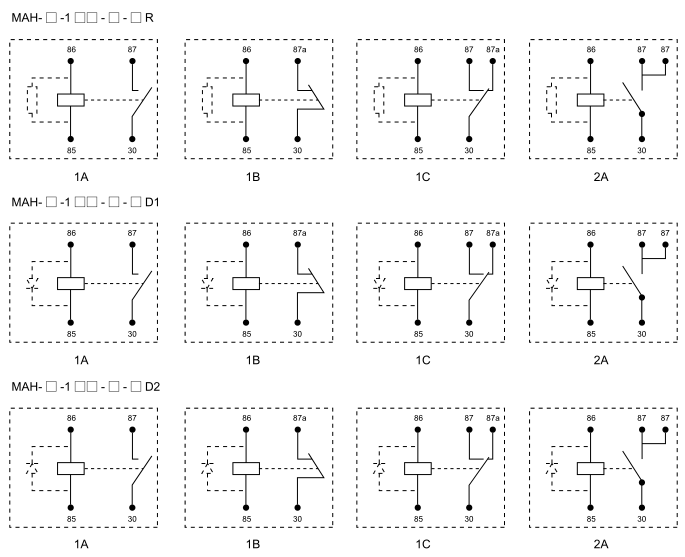understanding relay circuits: the backbone of electrical control systems
Release time:2025-10-17 20:48:05
A relay circuit is an essential component in the world of electronics and electrical engineering. It serves as a crucial intermediary that allows a low power control signal to regulate a higher power circuit. This versatile device has applications across industries, from simple home appliances to sophisticated industrial machinery. This article aims to delve deeper into the working principle of relay circuits, their types, and common applications, providing a comprehensive understanding of this essential technology.

What is a Relay Circuit?
A relay circuit is a type of electrical switch that uses an electromagnet to mechanically operate a set of contacts. These contacts control a higher-power circuit with a low-power control signal, making the relay a key component in electrical systems that require remote switching or automatic control. When current flows through the relay coil, it generates a magnetic field that either opens or closes a set of contacts, thereby controlling the larger electrical circuit.
A typical relay consists of:
Electromagnet (Coil): This is the core of the relay. When current passes through the coil, it creates a magnetic field.

